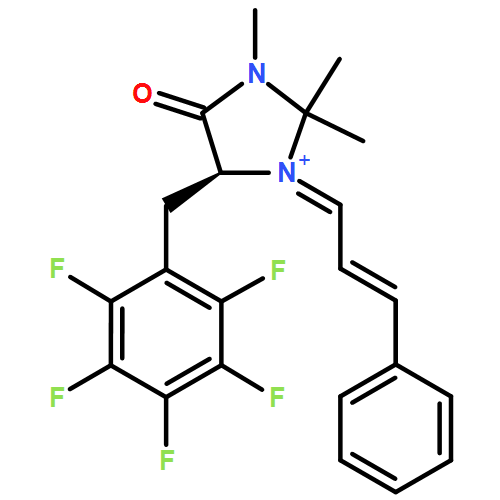Abstract
Herein we report the first application of infrared multiple-photon dissociation (IRMPD) spectroscopy to study noncovalent interactions in organocatalysis. Phenylalanine-derived iminium ions, central to numerous organocatalytic processes, display dynamic conformational behavior as a consequence of stabilizing noncovalent interactions (e.g., CH–π, π–π). Electronic modulation of the aryl ring causes notable variation in the conformation; this can be detected spectroscopically and correlated with enantioselectivity. Given that these interactions, which orchestrate stereoinduction, encode for specific conformers (I, II, or III), a diagnostic IRMPD spectrum is generated: the C=O stretching frequency of the imidazole carbonyl group serves as a diagnostic marker. The calculated conformers and their respective spectra can be compared with experimental data. Consequently, valuable insight into the ubiquitous noncovalent interactions associated with MacMillan-catalyst-derived α,β-unsaturated iminium ions can be obtained in the absence of solvent or counterion effects. A preliminary structure–catalysis correlation is disclosed, thus demonstrating the potential of this approach for studying reactive intermediates and facilitating catalyst design.
